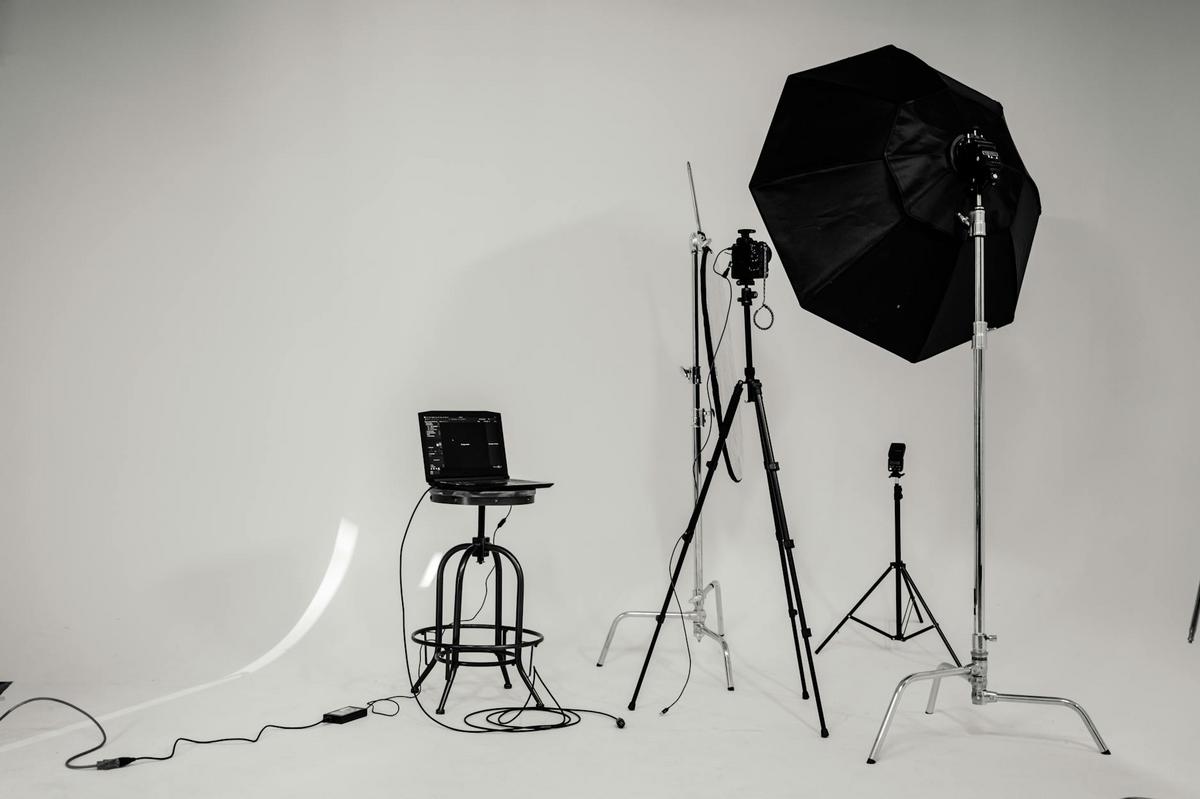
Photographing Wildlife: Tips for Beginners
Capturing the essence of wildlife through photography is an exhilarating pursuit that requires not just skill, but also a deep understanding of nature. Whether you’re a budding photographer or simply an enthusiast eager to explore the world of wildlife photography, this guide will equip you with essential tips to help you get started.
Understanding Your Subject
Photographing wildlife is about more than just pointing your camera at an animal and clicking the shutter. It’s about understanding the behavior and habitat of your subjects. According to renowned wildlife photographer Frans Lanting, ‘The key to successful wildlife photography is patience and respect for your subject.’ Observing animals in their natural environment allows you to capture more authentic and compelling images.
Essential Gear
Having the right equipment can make a significant difference in your photography. A telephoto lens is crucial for capturing distant subjects without disturbing them. Tripods can help stabilize your shots, especially in low-light conditions. Consider investing in a camera with a fast shutter speed to capture those fleeting moments.
| Equipment | Purpose |
|---|---|
| Telephoto Lens | Zoom in on distant subjects |
| Tripod | Stabilize your camera |
| Fast Shutter Speed Camera | Capture fast-moving animals |
| Binoculars | Spot wildlife from afar |
| Weather Gear | Protect equipment from elements |
| Memory Cards | Store more photos |
| Camera Bag | Organize and protect gear |
| Field Guide | Identify wildlife |
Photography Techniques
Know your camera settings. Mastering aperture, ISO, and shutter speed is crucial. A wider aperture (smaller f-number) allows more light and creates a shallow depth of field, making your subject stand out. Use a higher ISO for low-light conditions, but be mindful of noise. Practice different compositions, such as the rule of thirds, to enhance your images.
Don’t forget to shoot in RAW format. It provides more flexibility in post-processing, allowing you to adjust exposure and color balance with less quality loss.
Timing and Location
Early mornings and late afternoons, often referred to as the ‘golden hours,’ provide soft lighting that enhances the mood of your photos. Research locations known for wildlife activity and plan your visits accordingly. National parks and wildlife reserves often offer guided tours that can enrich your experience and offer unique photo opportunities.
FAQs
What camera settings should I use for wildlife photography?
Use a fast shutter speed to capture quick movements, adjust ISO based on lighting, and choose a wide aperture for depth of field.
How can I find wildlife to photograph?
Research local wildlife hotspots, join photography groups, or use apps that track animal sightings.
Conclusion
Photographing wildlife is a rewarding experience that offers a deeper connection with nature. By understanding your subject, choosing the right gear, and mastering photography techniques, you can capture images that not only showcase the beauty of wildlife but also tell a story. Remember, practice makes perfect, so get out there and start shooting!


